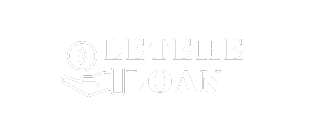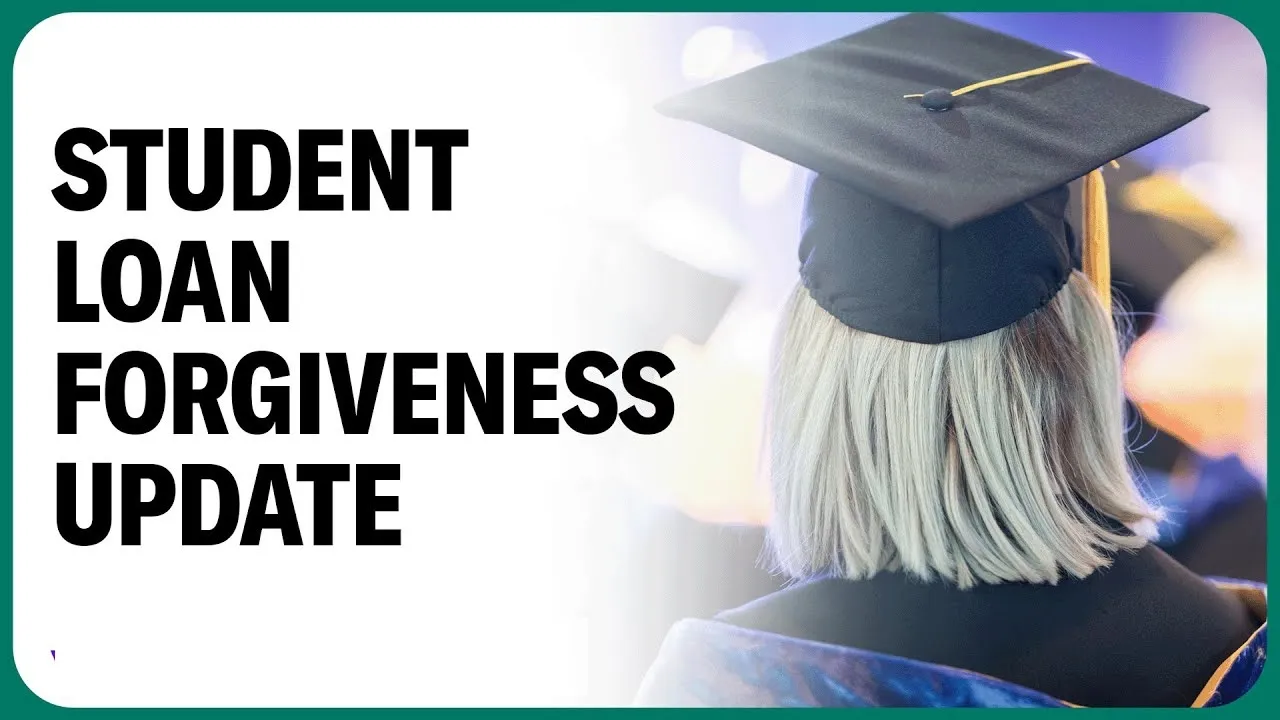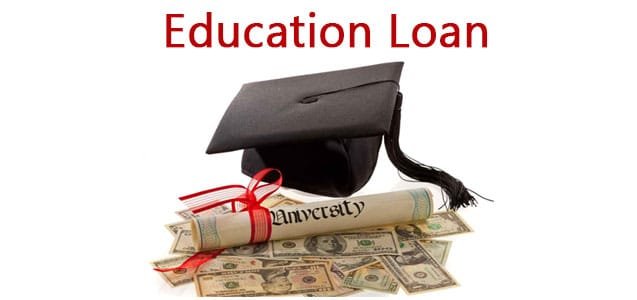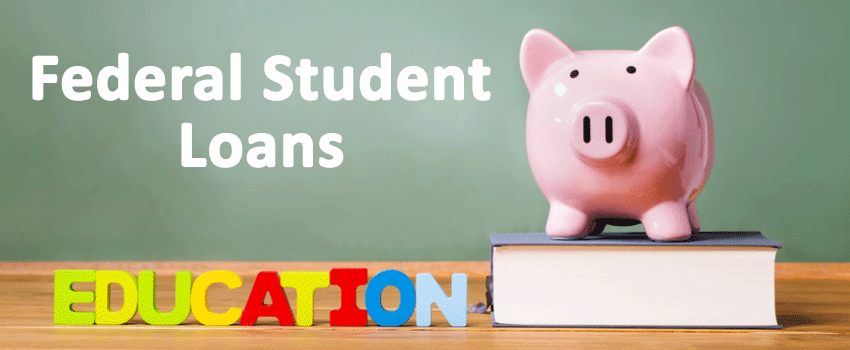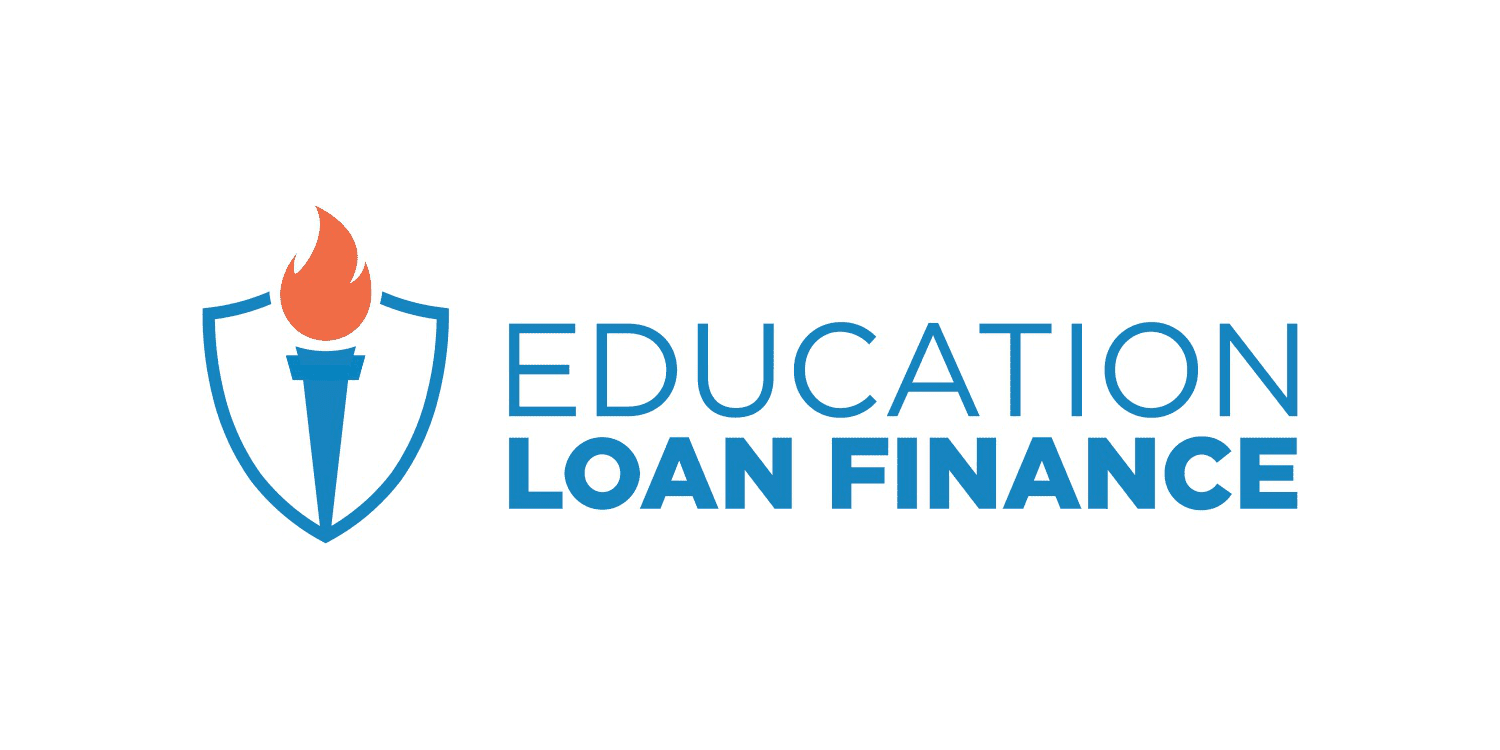Education loan forgiveness programs are becoming increasingly important as the burden of student debt continues to rise in the United States. According to recent data, student loan debt in the U.S. exceeds $1.7 trillion, with millions of borrowers struggling to make their monthly payments. Education loan forgiveness can provide significant relief for many of these borrowers, offering a pathway out of debt and enabling them to pursue career and life goals without the constant financial strain. But how can education loan forgiveness actually help alleviate student debt?
In this article, we will explore the various aspects of education loan forgiveness, including how it works, the types of loan forgiveness programs available, and the potential benefits and challenges associated with these initiatives.
Key Takeaways
- Education loan forgiveness can significantly reduce or eliminate student debt for eligible borrowers.
- There are multiple forgiveness programs, including PSLF, Teacher Loan Forgiveness, and Income-Driven Repayment forgiveness.
- These programs provide incentives for borrowers to work in essential public service and nonprofit sectors.
- While loan forgiveness offers substantial benefits, navigating the eligibility and application process can be challenging.
- Borrowers must stay informed about the terms and requirements to maximize the potential for loan forgiveness.
What is Education Loan Forgiveness?
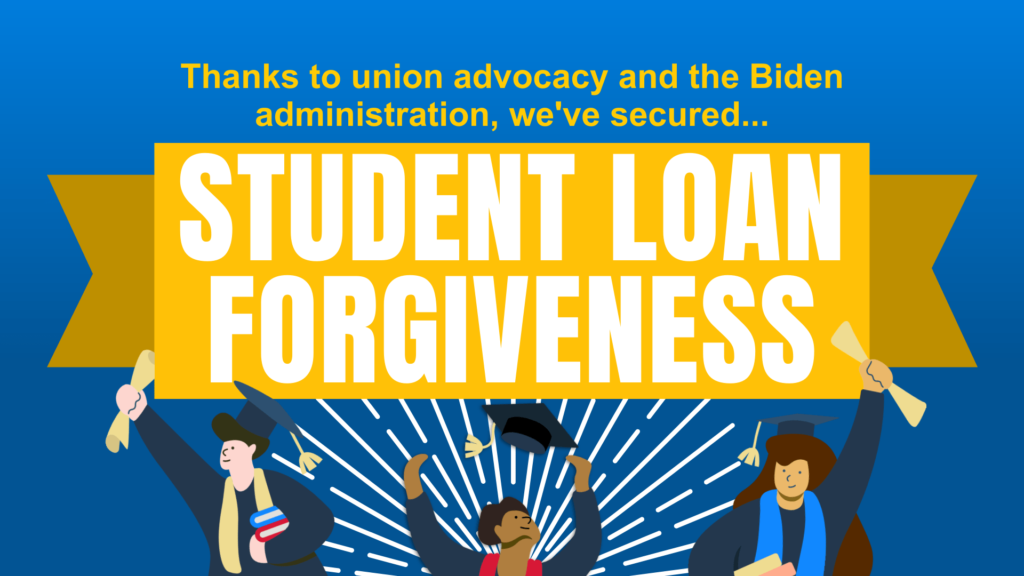
Education loan forgiveness refers to a set of programs and policies that cancel or reduce the amount of student debt borrowers owe. These programs are typically available to borrowers who meet specific criteria, such as working in certain public service jobs or making a set number of payments on their loans. The goal is to alleviate the financial burden of student loans, particularly for those who have accumulated large amounts of debt.
The idea behind loan forgiveness is to provide an incentive for borrowers to pursue careers in fields that are important to society, such as teaching, healthcare, and public service. In exchange for working in these fields for a specified number of years, borrowers can have a portion or all of their student loans forgiven.
Types of Education Loan Forgiveness Programs
There are several different types of education loan forgiveness programs available to borrowers. Some of the most common programs include:
Public Service Loan Forgiveness (PSLF)
The Public Service Loan Forgiveness (PSLF) program is one of the most well-known education loan forgiveness programs. It is designed to encourage borrowers to work in public service jobs, such as government, nonprofit, or military positions. Under this program, borrowers who make 120 qualifying monthly payments (over a period of 10 years) while working for a qualifying employer can have their remaining student loan debt forgiven.
To be eligible for PSLF, borrowers must meet certain criteria:
- Work for a qualifying employer: This includes government organizations, 501(c)(3) nonprofit organizations, and certain other nonprofit entities.
- Make 120 qualifying payments: These payments must be made under a qualifying repayment plan, such as an Income-Driven Repayment (IDR) plan.
- Have Direct Loans: Only Direct Loans (federal loans issued by the U.S. Department of Education) are eligible for PSLF.
Teacher Loan Forgiveness
Teacher Loan Forgiveness is another program that helps alleviate student debt for educators. To qualify for Teacher Loan Forgiveness, borrowers must work full-time as teachers in low-income schools for at least five consecutive years. Depending on the subject and level of education, teachers can have up to $17,500 of their federal student loans forgiven.
To qualify for Teacher Loan Forgiveness, teachers must meet the following requirements:
- Work in a low-income school: The school must be designated as low-income by the U.S. Department of Education.
- Teach full-time for five years: The five years of teaching must be consecutive, and teachers must be employed for at least 30 days in each school year.
Income-Driven Repayment (IDR) Forgiveness
Income-Driven Repayment (IDR) plans are designed to make student loan payments more manageable by adjusting the monthly payment based on the borrower’s income and family size. Under these plans, after a borrower has made payments for 20 or 25 years, any remaining loan balance may be forgiven.
There are several types of IDR plans, including:
- Income-Based Repayment (IBR)
- Pay As You Earn (PAYE)
- Revised Pay As You Earn (REPAYE)
- Income-Contingent Repayment (ICR)
While IDR forgiveness is available for all types of federal student loans, it is especially beneficial for those with large loan balances and lower incomes. The downside, however, is that borrowers may end up paying more in interest over the life of the loan due to the extended repayment period.
Military Loan Forgiveness
The military offers loan forgiveness options for those who serve in the armed forces. Different branches of the military provide various forms of loan forgiveness, often depending on the length of service and whether the borrower is in a specific field or role.
For example, the Army and Navy may offer up to $65,000 in student loan forgiveness for recruits who serve in certain positions. These programs are designed to help the military attract and retain skilled personnel while alleviating the financial burden of student debt.
Other Loan Forgiveness Programs
In addition to the major federal loan forgiveness programs mentioned above, there are other programs that target specific professions or borrower situations. Some of these include:
- Nurse Corps Loan Repayment Program: Offers forgiveness for nurses who work in critical shortage areas.
- National Health Service Corps (NHSC) Loan Repayment: Provides loan forgiveness for healthcare professionals working in underserved areas.
- State-based Loan Forgiveness Programs: Many states have their own loan forgiveness programs for teachers, healthcare workers, and other professionals.
How Education Loan Forgiveness Can Alleviate Student Debt

Education loan forgiveness can have a profound impact on borrowers, particularly those who are struggling to pay off large amounts of student debt. Here are several ways in which education loan forgiveness can help alleviate student debt:
1. Reduction of Loan Balances
The most obvious benefit of loan forgiveness is the reduction or elimination of student loan balances. For borrowers who qualify for forgiveness programs, the remaining debt after completing the required terms can be completely wiped out. This can be a huge relief for borrowers who may have been paying off their loans for years without making a significant dent in the principal balance.
2. Improved Financial Stability
With a reduced or eliminated student debt load, borrowers may experience improved financial stability. Without the need to make large monthly student loan payments, individuals can allocate their income toward other financial priorities, such as saving for retirement, buying a home, or investing in personal development.
3. Increased Access to Public Service Careers
Education loan forgiveness programs, particularly PSLF, encourage individuals to pursue careers in public service. Many borrowers may be deterred from entering these fields due to the potential salary disparities and the burden of student debt. With the possibility of loan forgiveness, individuals are more likely to consider roles in public service, which are essential to the functioning of society.
4. Incentivizing Education and Professional Development
Loan forgiveness programs also serve as an incentive for individuals to pursue higher education in fields that are vital to the community, such as teaching, healthcare, and public safety. This can lead to a more educated and skilled workforce in critical sectors.
5. Mental and Emotional Relief
Student debt can be a source of significant stress and anxiety for many borrowers. The prospect of having loans forgiven can provide immense mental and emotional relief, allowing borrowers to focus on other aspects of their lives, such as career advancement, family, and personal well-being.
Challenges and Criticisms of Education Loan Forgiveness
While education loan forgiveness programs can provide much-needed relief, there are also challenges and criticisms associated with them.
1. Eligibility Complexities
One of the biggest criticisms of loan forgiveness programs is that they can be difficult to navigate. Borrowers must meet specific eligibility requirements and often have to submit extensive documentation. The process can be confusing, and many borrowers fail to meet the qualifications because they are unaware of the details or misunderstand the rules.
2. Long Wait Times
In some cases, borrowers may have to wait many years before they are eligible for loan forgiveness. For example, PSLF requires borrowers to make 120 qualifying payments over 10 years, which can be a long time to wait for relief. In addition, many borrowers experience delays in the forgiveness process or find that their applications are denied due to technicalities.
3. Tax Implications
In some cases, forgiven debt may be considered taxable income. This means that borrowers who have a significant amount of debt forgiven could face a large tax bill in the year their loans are forgiven. This potential tax liability can undermine the benefits of loan forgiveness.
4. Limited Coverage for Private Loans
Education loan forgiveness programs primarily target federal student loans. Private student loans are generally not eligible for forgiveness, leaving many borrowers with a significant amount of debt that cannot be reduced through these programs.
What Are the Long-Term Benefits of Education Loan Forgiveness for Borrowers?
Education loan forgiveness programs provide more than just short-term relief; they have long-term implications for borrowers’ financial stability and career paths. This article can delve into the lasting benefits of loan forgiveness, such as the ability to pursue lower-paying yet rewarding public service careers, the opportunity to save more for retirement and other investments, and the reduced mental stress associated with overwhelming debt. It can also discuss how the forgiveness of loans can positively affect borrowers’ credit scores and financial well-being in the long run.
The Role of Income-Driven Repayment Plans in Education Loan Forgiveness
Income-driven repayment (IDR) plans play a crucial role in student loan forgiveness by reducing monthly payments based on income and family size. This article can examine the specifics of various IDR plans, including Income-Based Repayment (IBR), Pay As You Earn (PAYE), and Revised Pay As You Earn (REPAYE). It can explore how these plans help borrowers manage their debt in the short term while setting the stage for eventual loan forgiveness. The article can also address the challenges borrowers face, such as interest accumulation and the potential tax liabilities that could arise when forgiveness is granted.
How Does Public Service Loan Forgiveness Impact the Education Sector?
Public Service Loan Forgiveness (PSLF) is a vital program for educators, offering significant relief for those working in public schools or low-income areas. This article can explore the impact of PSLF on the education sector, particularly how it incentivizes individuals to enter and remain in teaching careers despite lower salaries compared to other fields. It can also highlight the benefits and challenges faced by educators trying to meet the qualifying criteria, such as the requirement to make 120 qualifying payments while working in eligible roles.
A Comparative Look at State-Based Loan Forgiveness Programs
While federal loan forgiveness programs like PSLF and Teacher Loan Forgiveness are well-known, many states also offer their own student loan forgiveness programs aimed at specific professions or industries. This article can provide an in-depth comparison of different state-level programs across various fields such as healthcare, teaching, and law enforcement. It could examine eligibility requirements, benefits, and application processes, offering readers a comprehensive view of how state-based initiatives complement federal programs.
Navigating the Complexities of Loan Forgiveness: What Borrowers Need to Know
Education loan forgiveness programs, while beneficial, can often be difficult to navigate due to complex eligibility requirements, documentation needs, and varying timelines. This article could serve as a guide for borrowers, offering tips on how to track progress toward forgiveness, what steps they need to take to stay eligible, and common pitfalls to avoid. It could also highlight the importance of keeping detailed records of payments and employment history to avoid denials or delays in receiving forgiveness.
What Are the Potential Tax Implications of Education Loan Forgiveness?
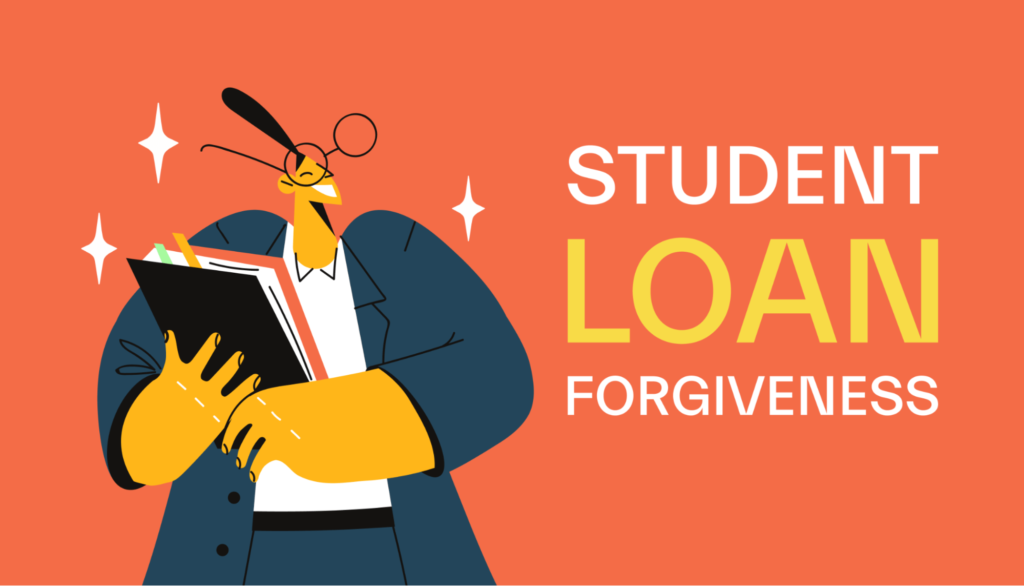
While education loan forgiveness can be a financial lifesaver, borrowers may not be aware that forgiven loans can sometimes be treated as taxable income. This article can discuss the tax implications of various loan forgiveness programs, exploring scenarios where borrowers may face significant tax bills after their loans are forgiven. It can also offer strategies for managing this potential tax burden, such as saving for taxes in advance or considering tax-deferred retirement contributions.
How Can Loan Forgiveness Programs Benefit Low-Income Borrowers?
Education loan forgiveness is often seen as a way to assist borrowers working in public service or specific professions, but it can have an especially profound impact on low-income borrowers. This article can explore how loan forgiveness programs provide much-needed financial relief to borrowers who are struggling with both student debt and low wages. It can discuss how these programs promote economic mobility, offering low-income individuals the chance to advance their careers and build financial security without being held back by crippling loan payments.
The Impact of Education Loan Forgiveness on the Healthcare Industry
Healthcare professionals, particularly those working in underserved areas or critical shortage fields, may have access to specific loan forgiveness programs designed to alleviate their debt. This article can focus on the various healthcare-related loan forgiveness programs available to doctors, nurses, and other healthcare workers. It can also explore how these programs help address the shortage of healthcare professionals in rural or low-income areas, contributing to the broader public health goals.
The Future of Education Loan Forgiveness: What Changes Can We Expect?
As student loan forgiveness programs become more widely discussed, the future of these programs is uncertain. This article could analyze potential changes or reforms to education loan forgiveness, such as proposed legislative changes, expansion of eligibility, or new forgiveness initiatives targeting specific sectors. It could explore the political and economic factors that may shape the future of these programs, as well as the challenges and opportunities that lie ahead in addressing the student debt crisis.
How Loan Forgiveness Programs Are Helping to Address the Student Debt Crisis
Student loan debt has reached alarming levels in the U.S., and loan forgiveness programs are seen as one of the ways to mitigate this crisis. This article can provide an in-depth analysis of how loan forgiveness programs fit into the larger conversation about student debt. It can discuss the extent to which these programs have helped borrowers thus far, the limitations they face, and potential solutions for expanding access to forgiveness to reach more borrowers. The article could also touch on alternative solutions to student debt, such as free college education or reforms to federal student loan programs.
The Psychological Effects of Student Loan Forgiveness on Borrowers
Student loan debt is often a source of immense stress and anxiety for borrowers, and the prospect of loan forgiveness can have significant psychological effects. This article can explore how education loan forgiveness programs contribute to borrowers’ mental and emotional well-being, offering relief from the pressures of debt. It can also look at the broader psychological impacts of financial freedom, including improved mental health and better overall quality of life for borrowers who are no longer burdened by loans.
The Role of Loan Forgiveness in Promoting Public Service Careers
Loan forgiveness programs are designed to encourage individuals to pursue careers in public service sectors like government, teaching, and healthcare. This article could delve into how loan forgiveness helps to meet critical societal needs by attracting skilled workers to these essential fields. It could discuss the long-term benefits of a well-supported public service workforce and the broader societal impact of loan forgiveness on the availability and quality of public services.
How Does Education Loan Forgiveness Affect Borrowers’ Credit Scores?
One of the lesser-discussed aspects of education loan forgiveness is its impact on borrowers’ credit scores. This article can explore how the forgiveness of student loans affects credit, especially for borrowers who may have been struggling with missed payments or defaults prior to receiving forgiveness. It can also look at how borrowers’ financial profiles improve once their loans are forgiven, potentially making it easier to access other financial products like mortgages or car loans.
The Relationship Between Student Loan Forgiveness and Economic Mobility
Student loan debt is often a barrier to economic mobility, especially for individuals from low-income backgrounds. Education loan forgiveness plays a role in breaking down this barrier by offering borrowers the chance to build wealth, save for the future, and access higher-paying opportunities without the burden of debt. This article could discuss how loan forgiveness programs contribute to greater economic mobility and social equity, enabling more individuals to overcome financial barriers and achieve upward mobility.
Education Loan Forgiveness and the Gig Economy
As the gig economy continues to grow, many borrowers in non-traditional or freelance jobs are finding themselves ineligible for many student loan forgiveness programs. This article could discuss the challenges faced by gig economy workers who are seeking student loan relief, along with potential solutions to include them in existing forgiveness programs. It could explore the changing nature of work and the need for flexible loan repayment and forgiveness options to accommodate this growing workforce.
Read More:- The Ultimate Guide To Personal Loans Online: How To Choose The Right Option For You
Conclusion
Education loan forgiveness offers a powerful tool for alleviating student debt, providing relief to millions of borrowers. By offering financial support to those working in public service, education, healthcare, and other critical fields, these programs promote economic stability, encourage individuals to pursue meaningful careers, and help relieve the financial burden of student loans. However, navigating these programs can be complex, and there are still challenges and barriers to be overcome. Despite these issues, education loan forgiveness remains an essential component of efforts to address the student debt crisis.
FAQs
1. Who is eligible for Public Service Loan Forgiveness (PSLF)?
Eligibility for PSLF requires borrowers to work for a qualifying employer (such as government or nonprofit organizations) and make 120 qualifying payments under a qualifying repayment plan.
2. Can I use Teacher Loan Forgiveness if I have federal student loans from other types of education?
Yes, Teacher Loan Forgiveness is available to teachers who have federal student loans, regardless of whether they were originally for undergraduate or graduate education.
3. How long does it take to get my loans forgiven under PSLF?
It typically takes 10 years of qualifying payments to have your loans forgiven under PSLF.
4. Do I have to pay taxes on forgiven student loans?
In some cases, forgiven student loans may be subject to federal taxes. However, it depends on the specific loan forgiveness program and the borrower’s individual tax situation.
5. Can I qualify for both Teacher Loan Forgiveness and PSLF?
Yes, in certain situations, you may qualify for both Teacher Loan Forgiveness and PSLF, depending on your employment and payment history.
6. Are there any loan forgiveness programs for graduate students?
Yes, several loan forgiveness programs are available for graduate students, including PSLF, Teacher Loan Forgiveness, and certain healthcare-related forgiveness programs.
7. What happens if I don’t qualify for loan forgiveness?
If you don’t qualify for loan forgiveness, you will be responsible for repaying your loans as usual, according to your repayment plan.
